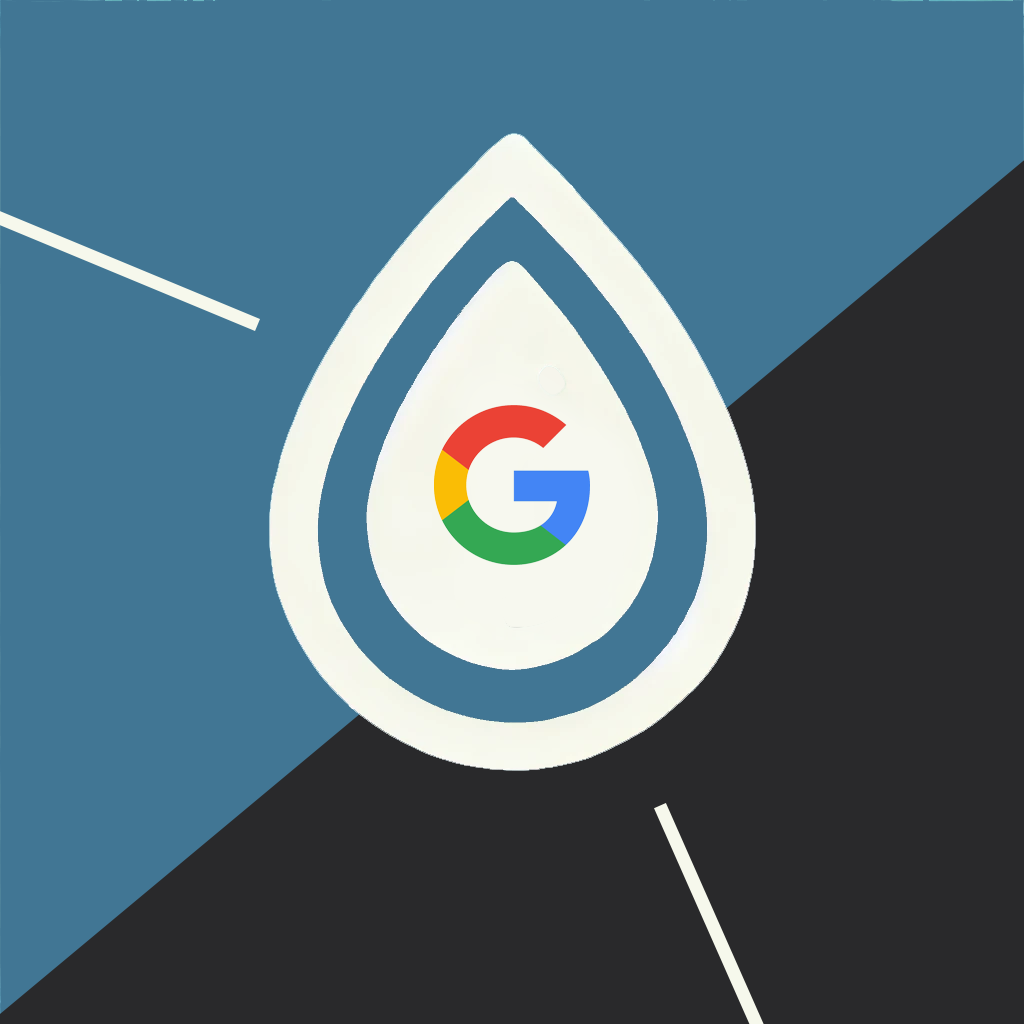How Will Google’s Phantom Update Affect My Site?
Matt Brady#Digital Marketing, #SEO

Did Google's latest algorithm update change your site's search rankings? See how it affected the world of Search Engine Optimization (SEO).
The Search Engine Optimization (SEO) community watches the moves of Google like a hawk, and at Diagram, we’re often no exception. Every time a new algorithm update is announced or released, there is a huge uproar, with everyone wondering how it will affect their website, and a variety of funny-sounding names for updates being bandied about, someone who isn’t immersed in this world can come away confused and uncertain.
Whether Google is targeting “black hat” SEO techniques with Penguin, encouraging quality content with Panda, or improving local search with Pigeon, the experts in the community will notice. This is even true for times when Google appears to update their algorithms but doesn’t actually announce anything. That’s what has appeared to happen with the most recent change, which people have dubbed the “Phantom” update, since it was only noticed when some sites’ search rankings began to change unexpectedly.
What Is the Phantom Update?
This most recent change was first noticed at the end of April 2015, and it affected some sites negatively and some positively. It didn’t appear to be related to the mobile update that was released on Apri'l 21, but it also didn’t seem to fit the pattern of any of the other major algorithms. Google didn’t acknowledge that any update had been made, which is why it was called the Phantom update, or even Phantom 2, since something similar happened in 2013.
So what exactly happened? Google did eventually confirm that it did make some changes to its core algorithm, which is something that they do regularly throughout the year in order to provide the best search results to their users. This particular update was an adjustment to how Google determines content quality, and while their Panda algorithm also takes the quality of a site’s information into account, this update appears to have caught some sites that Panda missed.
How Can I Keep this From Affecting Me?
It can seem difficult to keep up with all the algorithm changes that Google rolls out, but luckily, they’ve helped us understand why they make these changes and how they are trying to help deliver the best search results to their users. Since low quality content is now more likely than ever to receive lower rankings in search results, understanding what exactly Google means by “quality content” can help make sure your site fits their standards. Looking at their Quality Rating Guidelines demonstrates that they want their algorithm to be able to understand the purpose of a site, how the site is formatted, and whether it can demonstrate expertise, authority, and trust.
Based on the types of pages that received decreased rankings, the Phantom update seemed to target specific types of low-quality content, including:
- Tag pages, which are simply long lists of keywords that link to other parts of the site
- “Thin” articles with titles that acted as “clickbait” without providing much more than a few short paragraphs of information surrounded by ads or other supplementary content
- Pages that syndicate content from other sites without using the proper meta tags to indicate where it came from
- Poorly-designed sites that are hard to navigate or are full of obtrusive ads (especially pop-up ads)
The thing to remember about Google is that they want to help people find the information they are searching for. Unfortunately, the web is littered with low-quality information, such as clickbait pages that are designed to attract people’s attention and get them to click on a headline in their Facebook or Twitter feed, pointless comments that don’t have anything helpful to add to a page or article, and lots of obnoxious ads that just get in people’s way. If you’re using any of these practices on your website, you’re likely to take a hit in your search rankings.
As Google continues to focus on content quality, it’s important to try to place yourself in your audience’s shoes. Is there anything that makes your site hard for them to use? Can they navigate to the page they are looking for in a way that makes sense? Do you provide them with the information they need and demonstrate that they can trust your expertise? As updates to Google’s algorithms keep rolling out, making sure you can answer these questions is more crucial than ever.
If you’re unsure about any of these aspects of your site, or if you want to learn whether there are any underlying technological issues that may impact your search rankings, please sign up for a Free SEO Health Check, and our experts will analyze your site and help you understand how it fits into the big SEO picture. If you have any other questions, please contact us; we’d love to speak to you!
Related Posts

The Google Leak and Creating Content That Doesn't Suck
This year's leak of Google's internal SEO documents underscored the need for web content that doesn't suck. But here's what else we learned...
The Continuing Rise of Zero-Click Search (and What You Can Do About It)
In a zero-click internet search environment, your website needs to be fully-optimized for every organic click - here's what you need to do..
Results Matter.
We design creative digital solutions that grow your business, strengthen your brand and engage your audience. Our team blends creativity with insights, analytics and technology to deliver beauty, function, accessibility and most of all, ROI. Do you have a project you want to discuss?
Like what you read?
Subscribe to our blog "Diagram Views" for the latest trends in web design, inbound marketing and mobile strategy.